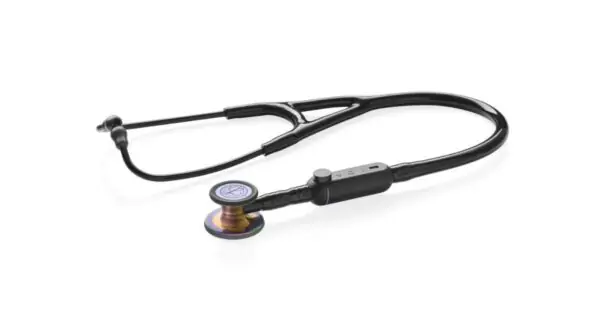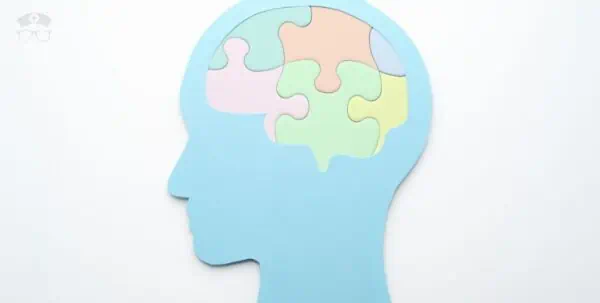Meaningful use is a buzzword in healthcare these days. Most healthcare providers have heard of it. A few know that it has to do with documentation and electronic charting. But even fewer actually know what meaningful use is and how it is touching every part of the care we provide. One aspect of meaningful use which will greatly improve patient care is the continuity of care document.
What is a Continuity of Care Document?
Continuity of care documents (CCD) is a standard in electronic charting which ensures that relevant protected health information (PHI) can be shared with providers electronically and be received and used in a meaningful way. Basically, it is a software coding language which healthcare records can be transmitted from one provider to another and come out in a format on the other end that is understandable and useful. It is the standard that forces software and EMR companies to have some form of interoperability with other EMR and software.
In short, a continuity of care document is how healthcare is going to grow by leaps and bounds. This standardized documentation format will eliminate having patients be hounded for their entire health history at every visit. It will ensure that care received at one provider is in line and continuous with care received at another. It is what is going to close gaps in care and improve and possibly even save lives.
Improving Patient Care
The continuity of care document is part of the meaningful use that many healthcare providers dread and are annoyed by. But if you stop and think for a moment about the improvements in patient care that it can and will providethenan it is worth the few extra steps we are having to take now to ensure the best care for our patients in the future.
The Information Age
With smartphones and Google, we not have nearly instant access to any information we want. It seems absurd to think that healthcare information shouldn’t be easily accessible from one institution to another. Not that PHI should be easily accessed and floating around in cyberspace for any Joe-Blow to take a gander at, but healthcare providers, with a need to know, should be able to obtain needed information without going through an act of Congress. But unfortunately, right now, this isn’t the case. Most healthcare facilities have you tell your entire story at every visit, and if you forget to tell them something important, like say and allergy, then “oops”.
Getting PHI now is a mess of faxing and form and general inconveniences for the patient. Tests and labs are often repeated because of lack of access to records. Insurance often won’t pay claims because of duplicate procedures and care. And all of this could be fixed if patient information were able to be exchanged easily. Electronic charting and easy interoperability between software can make this happen.
Fortunately, in this case, at least, there was an act of Congress that agreed that the lack of a continuity in the way healthcare was documented was just unacceptable. They stepped in an in 2009 the American Recovery and Reinvestment Act (ARRA) and is actually giving healthcare providers stimulus money if they step up their game and get on board early. So not only will you be improving patient care by embracing meaningful use and CCD, but you’ll be bringing money into your healthcare system which can be reinvested in your community.
Continuous and Efficient Patient Care
In the next few years, patient care will improve because the information we document on patients will be meaningful and useful to all members of the healthcare team. The continuity of care document can help to reduce Frustrations from patients and healthcare providers and patients feel because information will be streamlined and accessible. HL7 and continuity of care documents are making this happen right now!





I am new to Informatics but not a new nurse. With 25years under my belt I am still amazed at how many nurses don’t about this field of nursing. Today, I was asked, “don’t you want to be a nurse any more?”
Or “I hate computors……real bedside nurses hate computors”!
6months into this job and I love it. This site/blog/Psych couch is so GREAT. You’ve sold me. I want the T-shirt and the button.
Thanks for your dedication
A couple years ago, I created a Patient Health Record for a client who asked for a portability solution which satisfied “Meaningful Use”. While some suggested a direct integration with MS HealthVault or GoogleHealth (RIP) I chose the CCR (ASTM’s version of the HL7 CCD). Adoption of CCR vs. CCD still appears neck-n-neck.
Using HIE standards, in my opinion, is always better than direct/isolated integration. Now GoogleHealth is a memory and the CCR output by my PHR is still supported by a myriad of consumer apps.
Aaron,
You are right.
I hate when software doesn’t use standardized language for data. It really complicates processes and ultimately just makes healthcare cost more money.
That’s for thinking ahead and being meaningful use savvy.
This post makes some good points. For a look at how radiologists will need to deal with similar challenges in meaningful use and EHR’s, see Dr. Murray Reicher’s article in the new issue of the Journal of the American College of Radiology, at http://www.dominator.com/media/in-the-news/